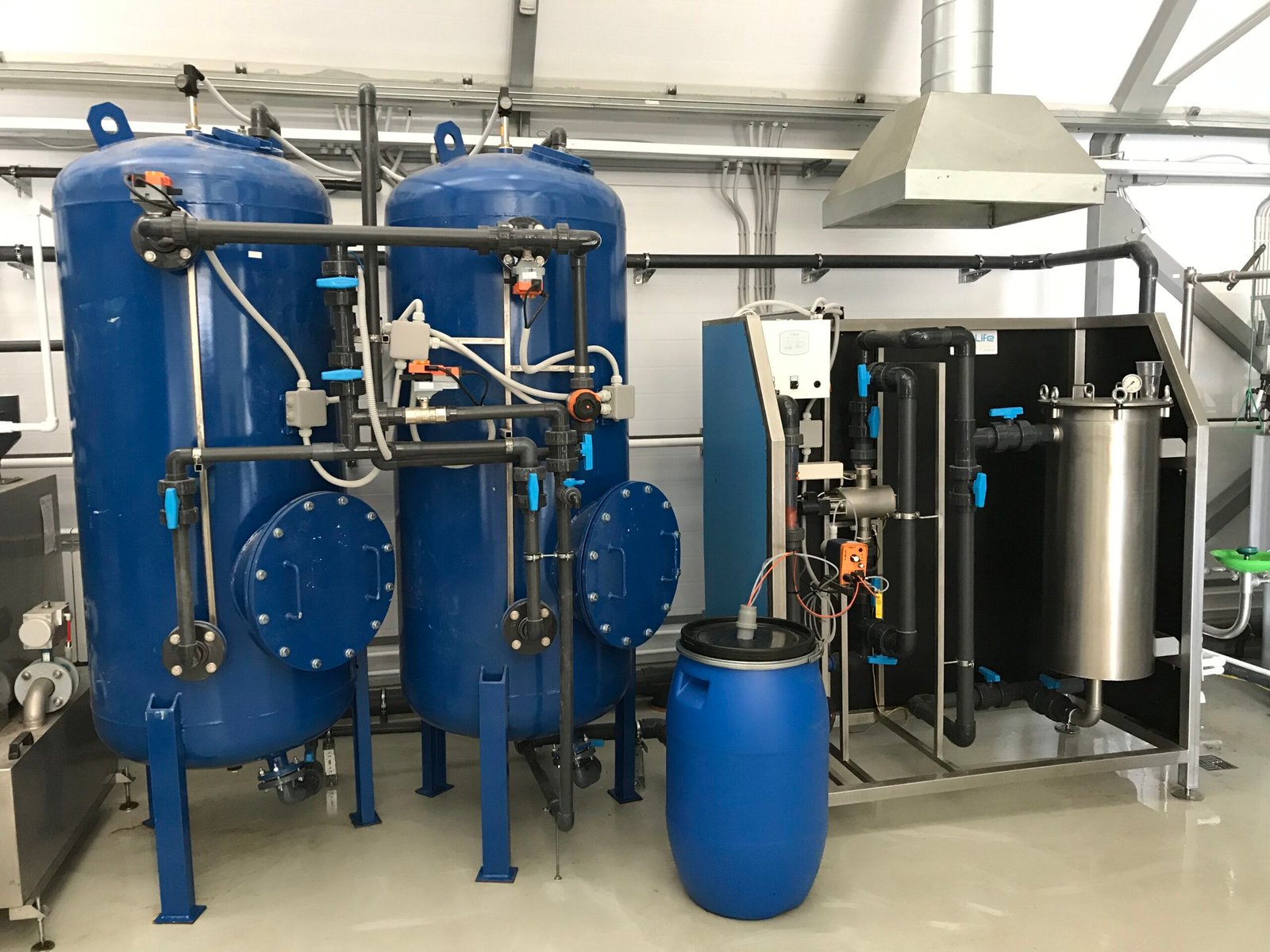Centrifuge For Wastewater Treatment
The Role of Centrifuge in Wastewater Treatment: An Expert Analysis
Introduction
Wastewater treatment is a critical component of modern environmental engineering and public health. As global water scarcity rises and industrial activities increase, the need for efficient wastewater processing systems has never been more urgent. Among the various technologies available, centrifuge technology stands out for its efficiency and effectiveness in dewatering and thickening sludge. According to recent industry analysis, the global wastewater treatment market is projected to reach $583 billion by 2027, with advanced technologies like centrifuges driving these developments. This article explores the intricacies of centrifuge technology in wastewater treatment, addresses common pain points, and provides comprehensive insights for facility managers and wastewater treatment professionals.
Understanding Centrifuge Technology
1. What is a Centrifuge?
A centrifuge is a mechanical device that employs rotational force to separate fluids of different densities. In wastewater treatment, centrifuges are primarily used for two processes: dewatering and thickening. By spinning the sludge at high speeds, heavier solids settle out, leaving a clearer supernatant liquid that can be treated further or released.
2. Types of Centrifuges Used in Wastewater Treatment
In the context of wastewater treatment, there are two primary types of centrifuges:
-
Decanter Centrifuges: These are typically employed for the dewatering of municipal and industrial sludges. As the sludge enters, the rotating drum generates centrifugal force that pushes solids to the wall while the liquid is expelled through an exit port.
- Classifier Centrifuges: Used mainly for solid-liquid separation, these centrifuges are designed to handle specific particle size distributions and are ideal for separating fine particles from liquids.
Research published in leading environmental engineering journals indicates that decanter centrifuges can achieve a solid content of 25% to 35% in the dewatered cake, significantly reducing disposal costs (Environmental Technology Reviews, 2021).
3. Benefits of Using Centrifuges in Wastewater Treatment
The use of centrifuges in wastewater treatment processes offers several key benefits:
-
High Efficiency: Centrifuges can process large volumes of sludge quickly, often operating at throughput rates of 10-40 m³/h, depending on the model and application (Water Environment Federation, 2022).
-
Reduced Chemical Use: Unlike chemical treatment methods that may require dosing with flocculants or coagulants, centrifuges can often achieve similar results with minimal chemical input, thereby reducing operational costs and potential environmental impacts.
-
Compact Footprint: Centrifuges generally require less space than traditional belt filter presses or other mechanical dewatering equipment, making them a favorable choice for facilities with limited real estate.
- Versatility: Suitable for a variety of sludge types—from municipal to industrial—centrifuges can adapt to different feed concentrations and flow rates, providing facility managers with the flexibility they need in operations.
Addressing Common Pain Points
1. Maintenance Challenges and Solutions
While centrifuges are reliable, they are not without challenges, particularly concerning maintenance. High rotational speeds can lead to wear and tear on parts, requiring regular inspections and replacements.
Solution: Predictive maintenance practices, using IoT sensors and analytics, can help predict wear on critical components. A study conducted by the American Society of Civil Engineers found that facilities implementing predictive maintenance observed a 20% reduction in downtime (ASCE, 2023).
2. Sludge Characteristics
Variability in sludge composition—especially in industrial applications—can complicate the dewatering process. A dilution of organic vs. inorganic materials often affects the efficiency of separation.
Solution: Implementing pre-treatment protocols, such as screening or chemical dosing, can help stabilize the sludge characteristics before it enters the centrifuge.
3. Energy Consumption
Although centrifuges are efficient, concerns surrounding energy consumption persist. High operational costs can arise from the energy needed to maintain the centrifuge’s high-speed operation.
Solution: Choosing energy-efficient models is critical. Some manufacturers now offer centrifuges equipped with variable frequency drives (VFDs) that optimize energy usage according to flow variations, reducing overall energy consumption by up to 30% (Renewable Energy Focus, 2023).
Implementing Centrifuge Technology: Best Practices
1. Selecting the Right Equipment
Choosing the appropriate centrifuge depends on multiple factors, including:
-
Feed Characteristics: Understanding the type of sludge (municipal vs. industrial), solid content, and contaminants.
- Operational Requirements: Determining the necessary throughput, dewatered cake quality, and specific space constraints.
Before finalizing equipment, seeking input from vendors and possibly running pilot trials can reveal valuable insights specific to your operation.
2. Operator Training
Proper training of operators is crucial for maximizing centrifuge performance. A well-trained team can adjust operating parameters, troubleshoot issues, and perform routine maintenance checks, thereby increasing overall system reliability.
3. Monitoring and Optimization
Continuous monitoring systems can provide real-time data on performance metrics such as feed rates, solid content of the cake, and energy consumption. Many modern centrifuges come equipped with advanced control systems that can automatically adjust settings to optimize performance.
Research indicates that wastewater treatment facilities implementing real-time monitoring have experienced improved efficiency by up to 15% (International Water Association, 2022).
Conclusion
In summary, centrifuge technology plays an indispensable role in the landscape of wastewater treatment. Its high efficiency, versatility, and compact nature make it an attractive choice for both municipal and industrial applications. By understanding the operational challenges and implementing best practices—from selecting the right equipment to ensuring staff training and real-time monitoring—facility managers can leverage centrifuge technology to enhance their wastewater treatment processes. As we advance toward a more sustainable future in wastewater management, continued investment in such technologies will be crucial in meeting the growing demands for water and environmental protection.
By keeping these insights and strategies in mind, professionals in the wastewater treatment industry can navigate the complexities of modern treatment systems and drive effective solutions that align with current and future challenges.


